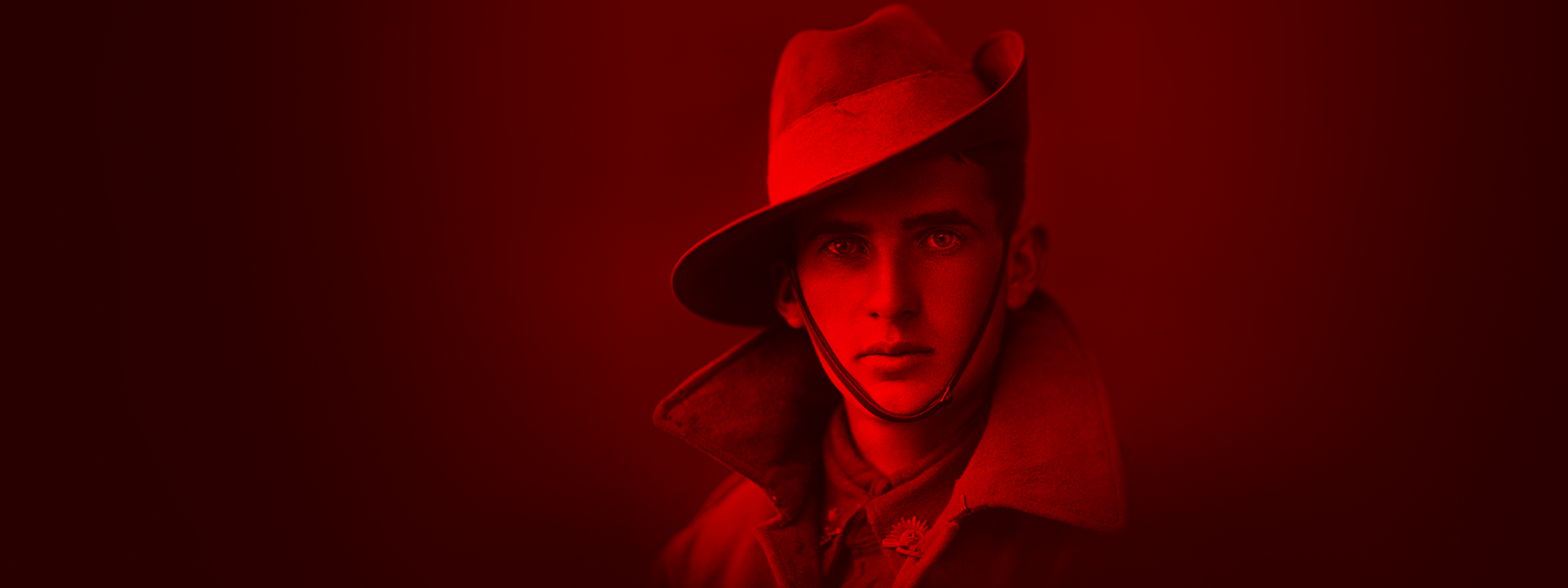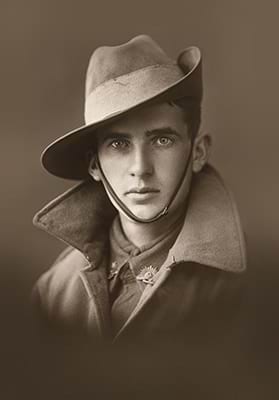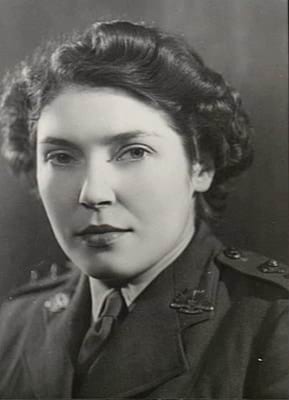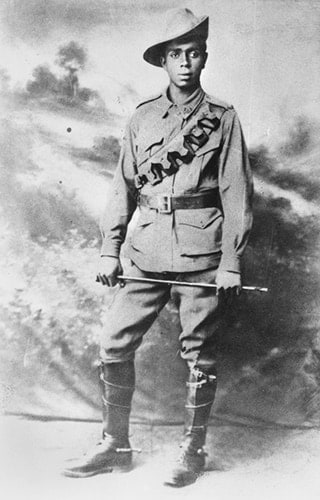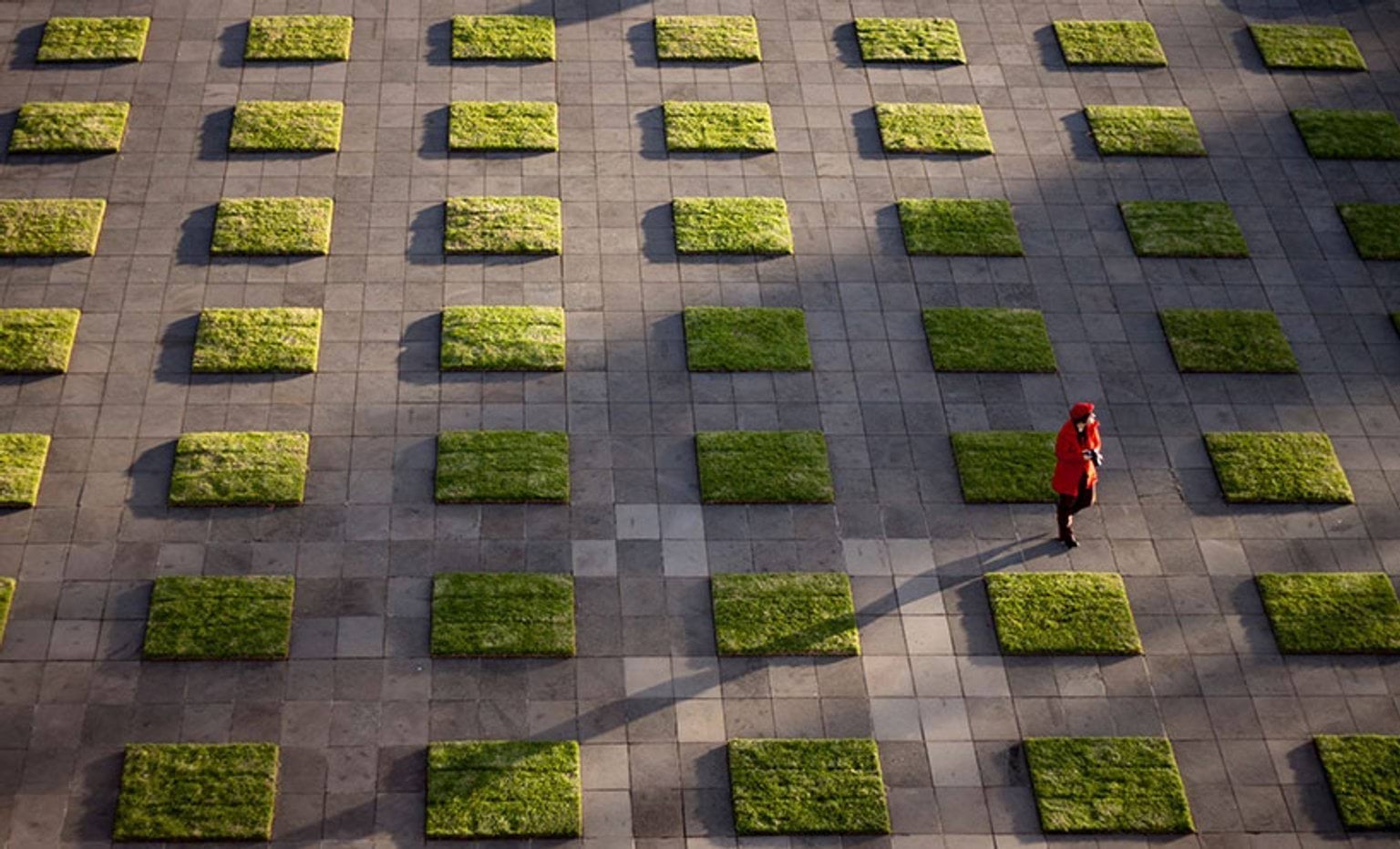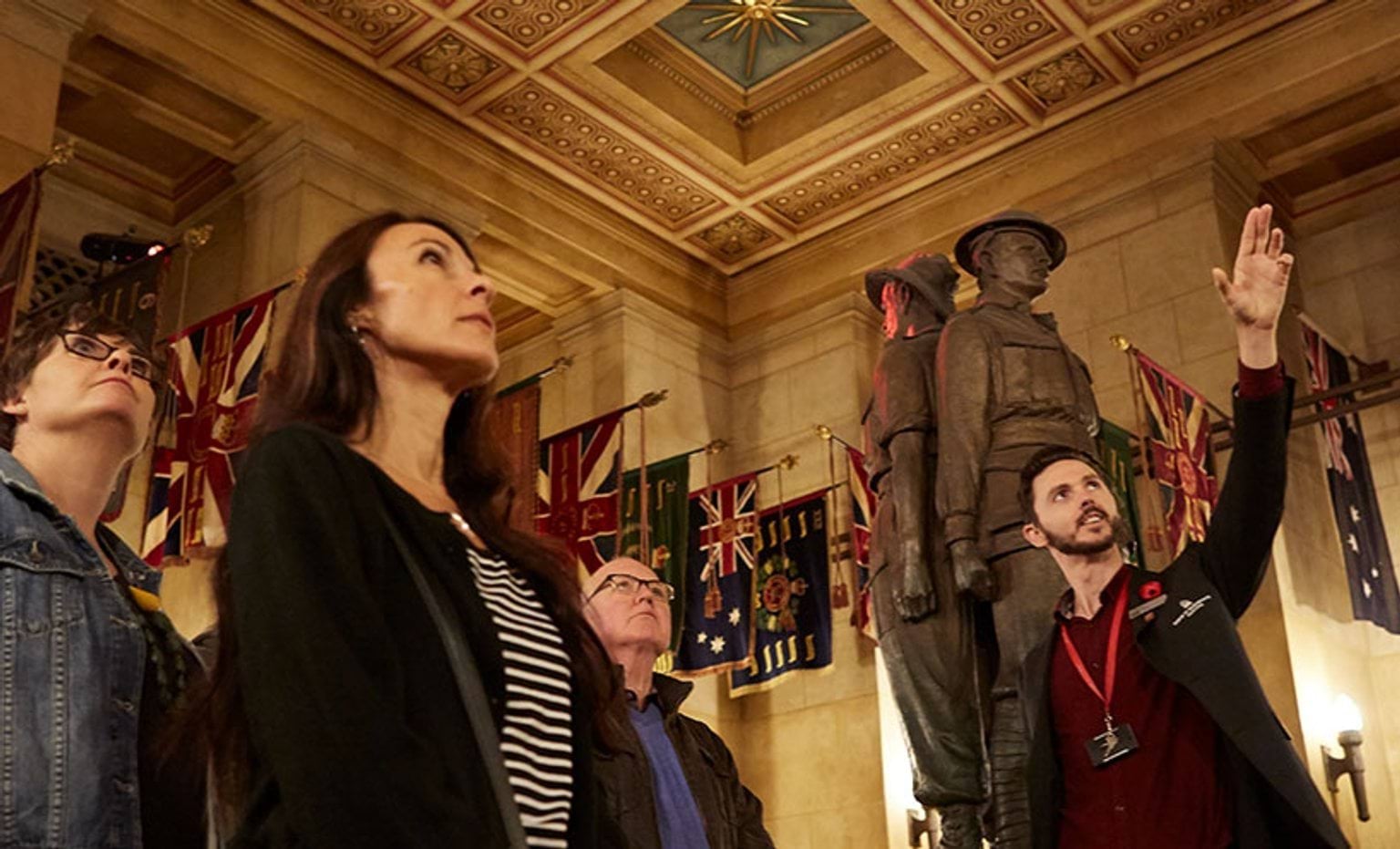An unknown soldier
''He is all of them. And he is one of us.'' (Paul Keating, 11 November, 1993)
Of the 114,000 Victorians who enlisted in the First World War (1914-18), 89,000 served abroad and 19,000 died. Many were buried in graves far from home.
The Shrine of Remembrance opened in 1934 to give a grieving community a place to gather in memory of lost loved ones and lives forever changed.
The Stone of Remembrance in the Shrine’s Sanctuary serves as an empty tomb. Every year at 11am on the 11th November, Remembrance Day, a ray of light illuminates the word “LOVE’’ in the inscription ‘’GREATER LOVE HATH NO MAN’’.
Since the First World War, more than 400,000 Victorians have served in the defence of Australia. The Shrine tells their stories and honours them all.
Lieutenant Valerie O’Dell Beggs
Valerie O’Dell Beggs enlisted in the Australian Women’s Army Service at Army Headquarters in Toorak on the 21st of January 1942, at the age of 24.
She achieved the rank of Lieutenant before being discharged in 1946, at the conclusion of the Second World War. As an Adjutant and Quartermaster, Valerie’s roles would have included administrative tasks and supply management.
The Australian Women's Army Service (AWAS) was established on 13 August 1941, to release men from certain military duties for service with fighting units. The Service recruited women between the ages of 18 and 45 and they served in a variety of roles including clerks, typists, cooks and drivers.
Over 24,000 Australian women enlisted as volunteers in the Service during the Second World War.
Driver Walter Christopher (Chris) Saunders
More than 1,000 First Peoples served overseas during the First World War—many defying racist regulations which prevented men 'not substantially of European origin or descent' from joining the armed forces. In service, many Indigenous men found themselves free from the discrimination that affected their everyday civilian lives. Unfortunately, this was not the case on their return home.
Private Chris Saunders, a Gunditjmara man from Warrnambool, Victoria, enlisted in February 1916. He was a talented footballer, playing with the North Melbourne VFL team and coaching in the local district. He served with 10th Machine Gun Company on the Western Front and later transferred to 3rd Machine Gun Battalion.
On enlistment, Saunders allocated a portion of his wage to support his widowed mother, as many servicemen did. Eliza Saunders saved the allotment to purchase a small house near the Lake Condah Mission as ‘a home of our own if he is spared’. However, the Board for Protection of Aborigines—created by the Victorian government to regulate the lives of First Peoples—blocked her land purchase and cut her rations because she was receiving monies from her son. She died in December 1918, six months before Chris returned to Australia.
The Saunders family has a distinguished military history: Chris’ sons, Reg and Harry, both served during the Second World War. Harry was killed in New Guinea. Reg survived and went on to serve in Korea. His first wife Dorothy Banfield, a Jawoyn woman, served in the Women’s Auxiliary Australian Air Force. His son, David, also served in the military.
Learn more in the Shrine’s current exhibition For Kin and Country: First Peoples in the Australian Defence Force.
Updated
